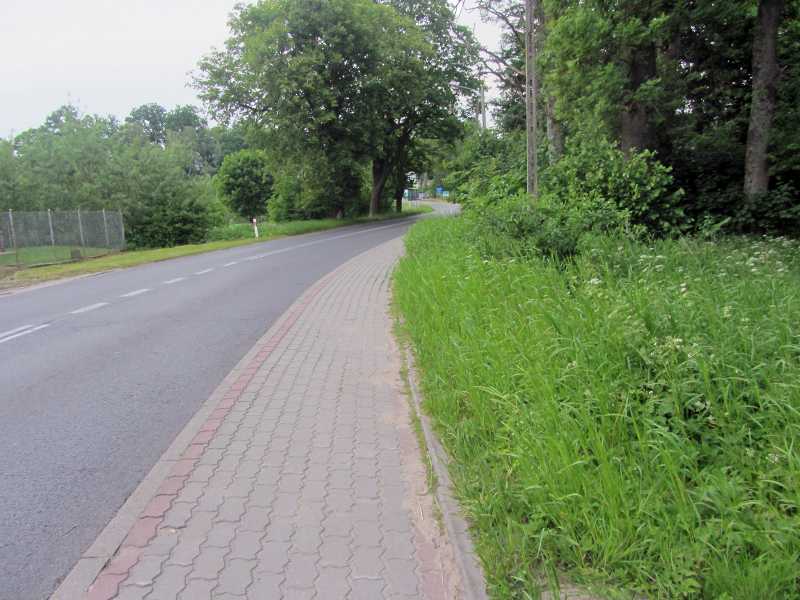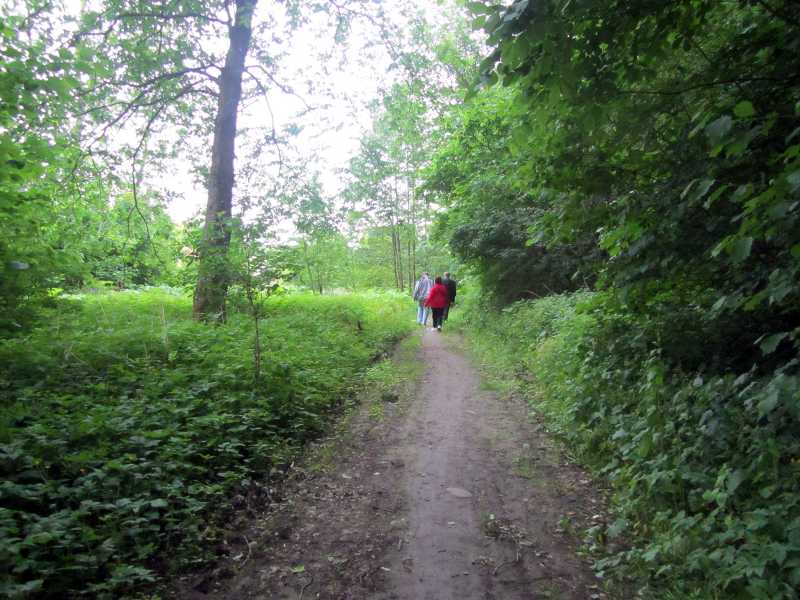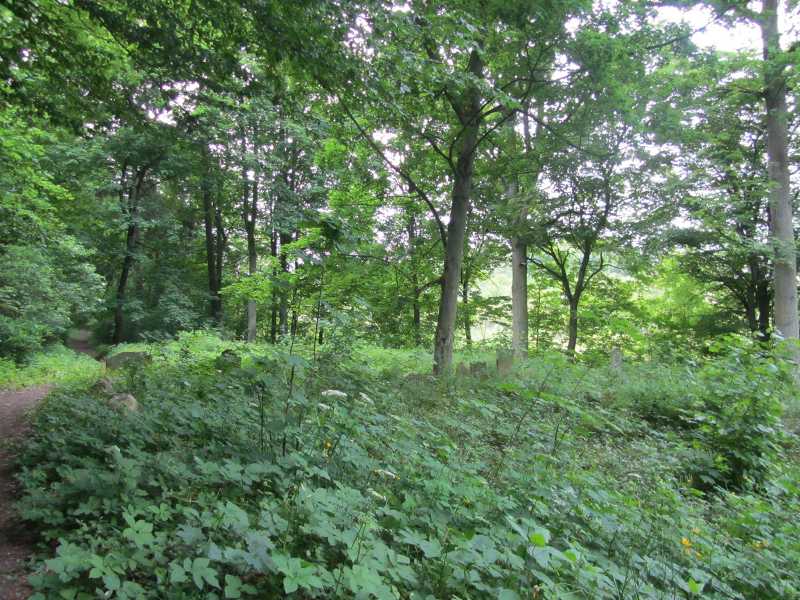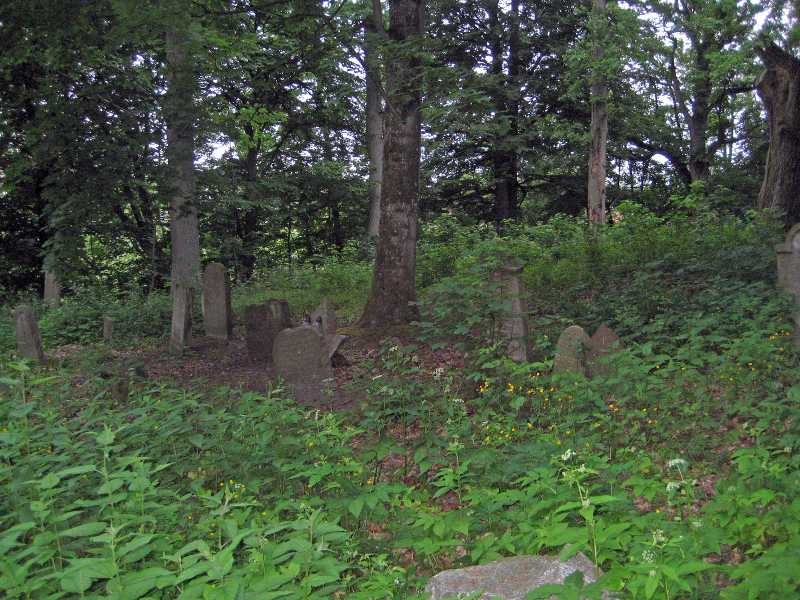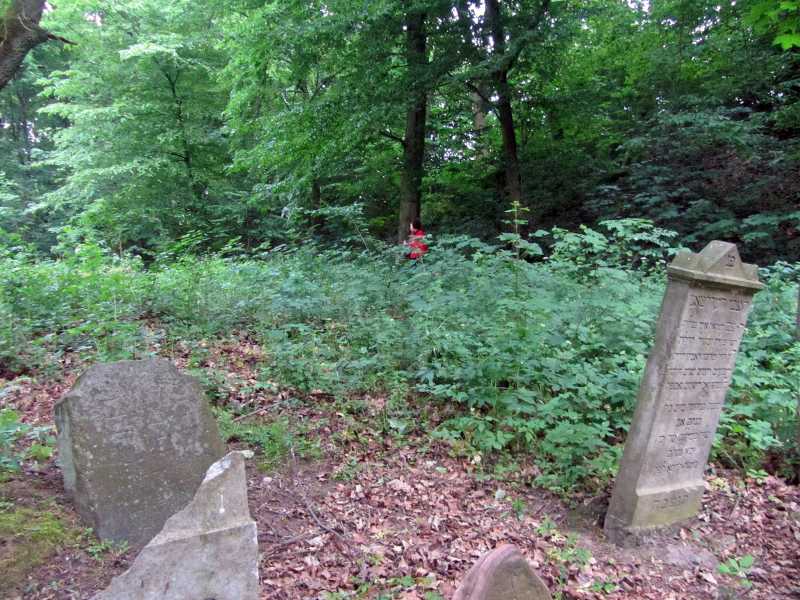 Alternate names: Debrzno, Preussisch Friedland [Ger], 53°32' N 17°14' E, 180.2 miles WNW of Warszawa, 10 mi SW of Człuchów and 81 mi SW of the regional capital Gdańsk; It is the seat of Gmina Debrzno, an urban-rural administrative district) in Człuchów County, Pomeranian Voivodeship, in northern Poland with a 2006 population of 9,403 (of which the town population is 5,359). Gmina Debrzno contains the villages and settlements of Boboszewo, Bolesławowo, Buchowo, Buka, Buszkowo, Cierznie, Drozdowo, Główna, Gniewno, Grzymisław, Kamień, Kostrzyca, Miłachowo, Myśligoszcz, Nierybie, Nowe Gronowo, Ostrza, Pędziszewo, Pokrzywy, Poręba, Prusinowo, Przypólsko, Rozdoły, Rozwory, Skowarnki, Słupia, Służewo, Smug, Stanisławka, Stare Gronowo, Strzeczona, Strzeczonka, Strzeszyn, Uniechów and Uniechówek. [April 2009]
Alternate names: Debrzno, Preussisch Friedland [Ger], 53°32' N 17°14' E, 180.2 miles WNW of Warszawa, 10 mi SW of Człuchów and 81 mi SW of the regional capital Gdańsk; It is the seat of Gmina Debrzno, an urban-rural administrative district) in Człuchów County, Pomeranian Voivodeship, in northern Poland with a 2006 population of 9,403 (of which the town population is 5,359). Gmina Debrzno contains the villages and settlements of Boboszewo, Bolesławowo, Buchowo, Buka, Buszkowo, Cierznie, Drozdowo, Główna, Gniewno, Grzymisław, Kamień, Kostrzyca, Miłachowo, Myśligoszcz, Nierybie, Nowe Gronowo, Ostrza, Pędziszewo, Pokrzywy, Poręba, Prusinowo, Przypólsko, Rozdoły, Rozwory, Skowarnki, Słupia, Służewo, Smug, Stanisławka, Stare Gronowo, Strzeczona, Strzeczonka, Strzeszyn, Uniechów and Uniechówek. [April 2009]
CEMETERY: photos and text in Polish. photo: Dating from the beginning of the 16th century, the cemetery "is between Preussisch Friedland and Dobrin."[April 2009]
US Commission No. POCE0000775
The cemetery is located on ul. Mokotowska 2. 1993 town population: 5,000-25,000; no Jews.
- Town: Urzad Miasta i Gminy w Debnzine.
- Regional: mgr. Zdrislaw Daczkowski Wopjewodzki Konserwator Zabytkow 76-2000 Slupsk ul. Jaracza 6, Tel. 264-34. Mgr. Stanislaw Szpilewski-Panstwowa Skuzba Ochrony Zabyticow Skupsk ul. Jaracza 6, Tel 264-34.
The earliest known Jewish community was 18th century. The Progressive/Reform cemetery was established in the 18th century with last known burial around 1940. No other communities used this unlandmarked cemetery. The isolated, urban flat area at the top of a hill has no sign or marker. Reached by turning off a public road, access is open to all with no wall, fence, or gate. The cemetery was about .30 hectares before WWII and now, no gravestones remain. The municipality owns the property used for a residential area. It was vandalized during WWII. There has been no maintenance or care. Within the limits of the cemetery are no structures. Incompatible development is very serious threat.
Henryk Grecki, 70-534 Szechin ul, Soltysia, Tel 330-741 completed this survey on 9 March 1993, based on a site visit in August 1992.
UPDATE: [June 2012]
Visit to Debrzno in June 2012
Debrzno, Poland was formerly Preussisch Friedland, Germany,180.2 miles WNW of Warszawa, 10 miles SW of Człuchów and 81 miles SW of the regional capital Gdańsk. The Gmina (administrative district) covers an area of 86.6 sq. miles and is an urban-rural administrative district) in Człuchów County, Pomeranian Voivodeship, in northern Poland. Currently the town of Debrzno has a population of 5,280.
Marek Romaniec, former City Council President, who coordinates a local handicraft Co-operative, and is the local historian, showed us the site of the former Synagogue and the site of the former main Jewish Cemetery on Mokotowa Street.
Janek Beme, the current City Council President, took us to the other Jewish Cemetery on the south side of the town, on the far side of Mlynska (Mill Street ) and the Tower Rui. We drove south down Harcerska and parked opposite the Sewerage Works. We entered the clearing in the woods opposite the Sewerage Works and after about 50 metres in an isolated flat area, found the remaining tombstones. There were no signs or markers, walls, gates or fences, merely a sign on a tree saying ‘Obiekt Zabytkowy’ (Historic Building). In 2005 local youth had a project to clean up the Jewish cemetery and set up the remaining headstones. However, it was vandalised in 2010, so tombstones were damaged, but what was left, was set up again. Now there are about 20-30 visible headstones. We had to walk through knee high weeds to photograph them.
We stayed overnight 25 kilometres away in Sempolno Krajenskie with its spectacular lake view from our hotel room. As we departed from the town next morning, Chris, our guide, took us to a wooded area across the lake where he showed us the location of the town’s Jewish Cemetery where there were no remaining tombstones or markers – only one very damaged stone. Little did we know at the time that this town’s former name was Zempelburg, one of our maternal ancestral towns.
Vicki Israel and Evelyn Frybort
Sydney, Australia
Photos courtesy This email address is being protected from spambots. You need JavaScript enabled to view it. and Vicki Israel

